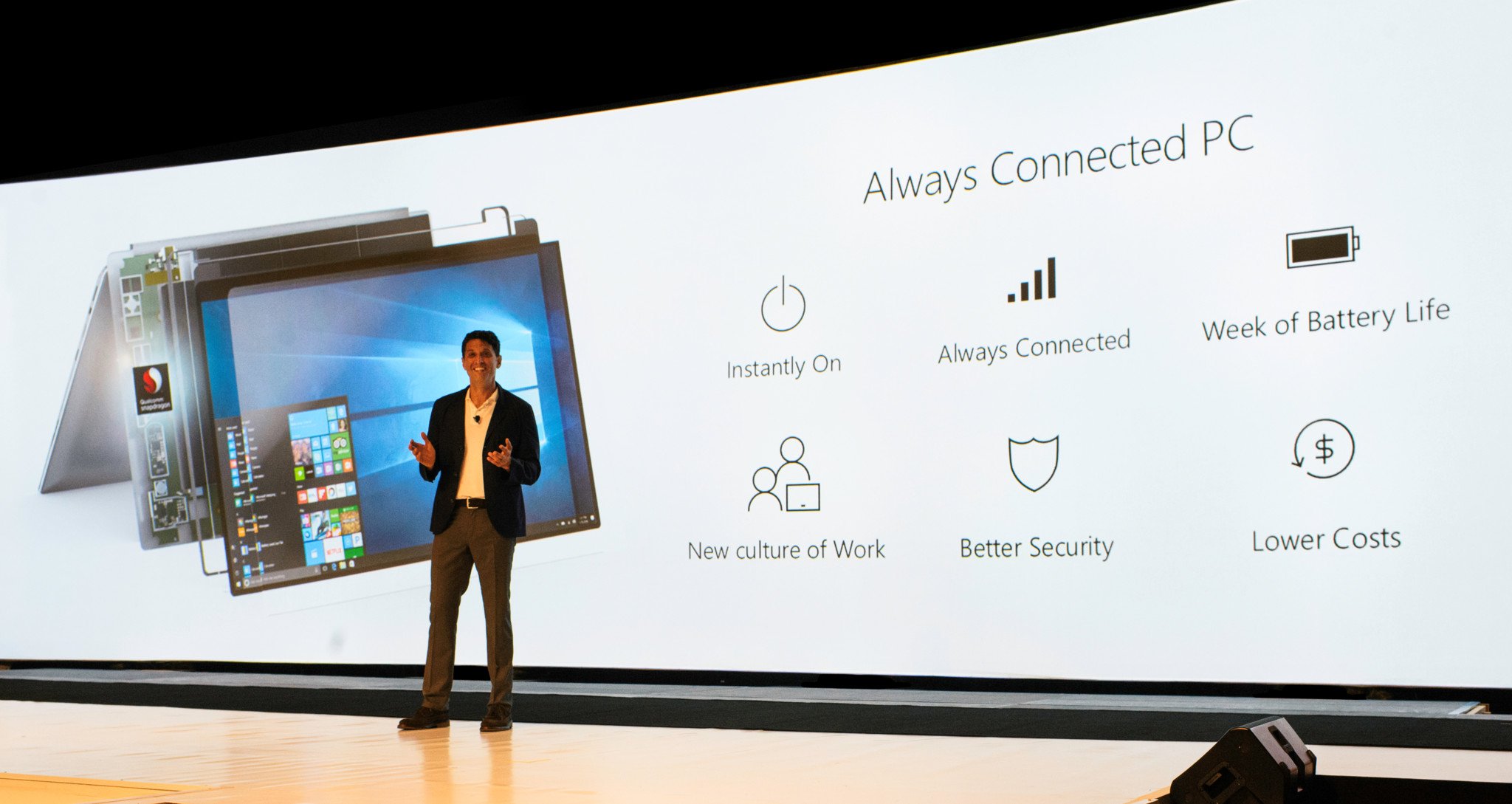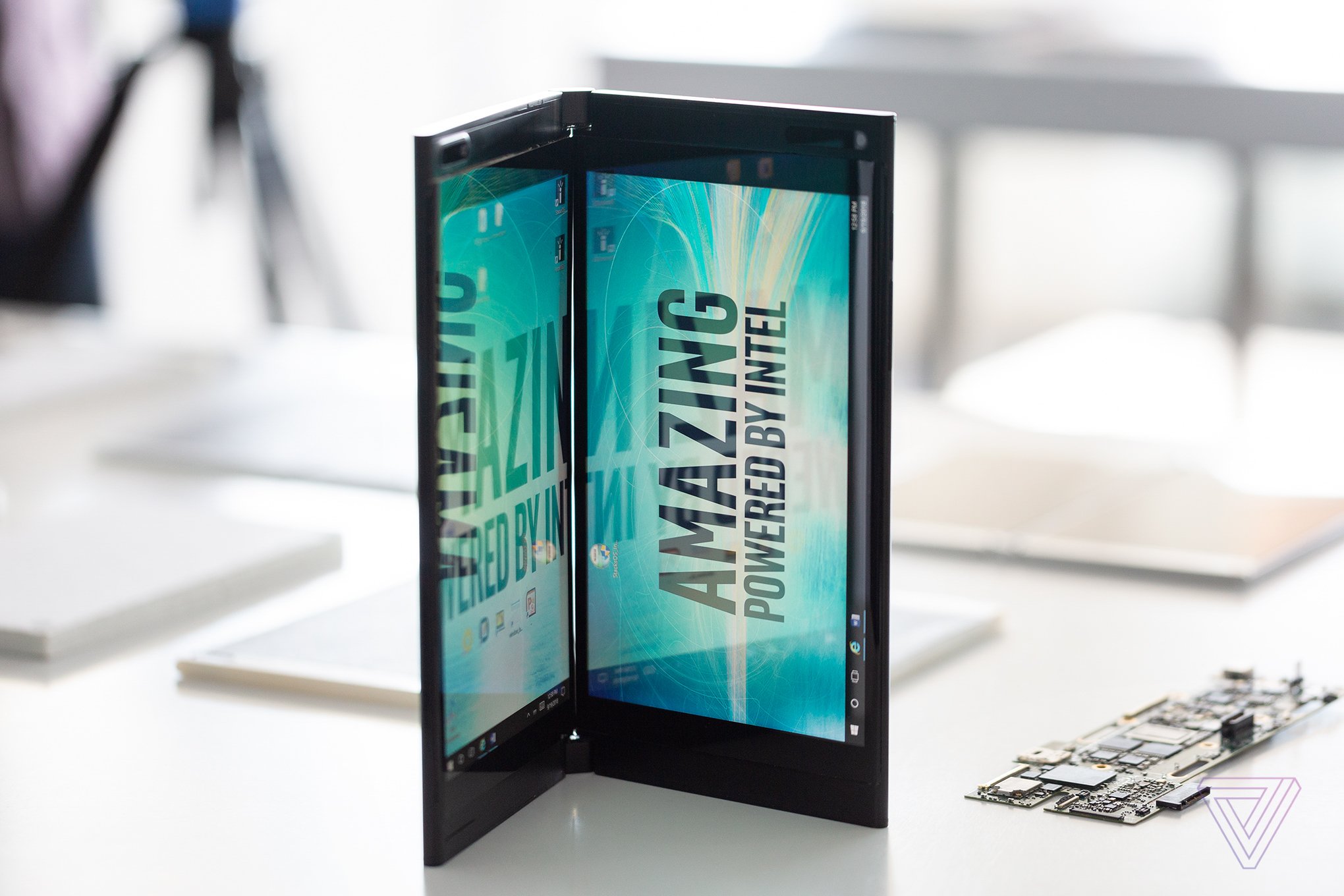5 extreme 2019 predictions for tech and Microsoft
2018 flew by faster than data zipping across low-latency 5G networks. As we enter 2019, let's ponder the coming year's tech-pectations and what Microsoft may have in store.

Every year techies, analysts, and leaders of multibillion-dollar companies set their eyes toward the future and try to anticipate, "What's next?" For some, this is a time to flex their analytical muscles. For others, it is an act of pure enjoyment.
Still for others, like CEOs of large tech companies including Microsoft's Satya Nadella, Amazon's Jeff Bezos, Qualcomm's Steve Mollenkopf, Google's Sundar Pichai, and Apple's Tim Cook, it is a necessary activity to help guide or modify multiyear strategic plans.
Yet, just as the leaders of the world's leading tech companies, my view of the future is shaped by current and emerging tech, consumer and market behavior, emerging trends, corporate strategies and investments, human nature, history and more. With that said here are some of my 2019 predictions.
5G goes mainstream - and resistance gets a bigger stage
In 2019 carriers and tech companies like Qualcomm will continue rolling out 5G infrastructure. From the physical networks to the requisite small cell towers, to 5G-capable processors, to 5G smartphones and 5G cellular PCs 2019 will be the year that 5G goes mainstream. Though still in its nascent stage, some of the capabilities that 5G promises will slowly emerge next year. The full potential of the tech won't manifest until the networks are more mature beyond 2019, however.
Still, throughout 2019 I predict that tech companies, carriers, and PC and phone makers will all bring their 5G contributions to the table and will heavily market them. I believe consumers will respond and grow more versed in the promises of 5G and will begin seeking and embracing 5G devices. However, most consumers won't be fully aware of the slower timetable for 5G's full potential to be revealed.
5G goes mainstream in 2019.
Still, the 5G conversation will become more mainstream. Complementing this marketing-induced 5G awareness will be consumers practical observance of 5G infrastructure being implemented via small cell towers near their homes, and throughout their towns and cities. Among some, I predict this will fuel a growing resistance to 5G's proliferation due to health concerns. This will likely lead to increased mainstream US news coverage of both this resistance and the claimed health concerns. More local governments, supported by concerned citizens, may find themselves standing against IT companies and big government who, for financial and tech advancement reasons, will want to push 5G forward. However, any resistance will ultimately be a footnote in 5G's story, as history will likely attribute 2019 as the year 5G (though in its early stages) became mainstream.
5G powers remote healthcare - pushes IoT and edge computing
The version of 5G that will hit in 2019 will have a long way to go toward meeting the technology's full promise. Still, the low-latency secure 5G networks, capable of handling massive amounts of data will likely see greater applications in powering remote health care, supporting connected car tech, and pushing more proactive and intelligent A.I.
Get the Windows Central Newsletter
All the latest news, reviews, and guides for Windows and Xbox diehards.
The profound advances in computing that 5G promises are potentially staggering in scope. 5G is not a mere incremental advance in cellular tech. Estimated download speeds of up to 1000 times faster than 4G or more conservative estimates of dozens of times faster are just the tip of the iceberg. With one to 10 gigabytes or higher, speeds compared to 4G's 100 megabytes, or the ability to download an entire HD movie in less than a second 5G is bringing a lot to the table. Low-latency, secure networks will bring the power of the cloud to the intelligent edge.
5G rollout in conjunction with more powerful, energy-efficient second generation always-connected PCs, I predict, will induce a modest, yet noticeable uptake in ACPCs in the market. I envision them becoming more of a staple in carrier stores (as another connected device like smartphones) and more aggressively marketed with competitive data plans. Holiday season 2019 will likely see carrier stores riddled with ACPC deals as carriers compete.
eSIM everywhere and users beware

eSIM will become increasingly popular in both consumer products and enterprise and IoT devices. More eSIM equipped PCs, smartphones, wearables (i.e., smartwatches, smartglasses, etc.), smart speakers, smart TVs, connected cars, factory equipment, embedded IoT computers will see a surge in eSIM usage.
Consumers will become more competent regarding the benefits of eSIM and the remote provisioning that allows plans and carriers to be changed "on the fly." I also predict that along with an emerging sharing of data plans across eSIM equipped devices (i.e., smartphones and ACPCs), cellular voice will be introduced late 2019 to eSIM-equipped ACPCs.
The eSIM-equipped Apple Watch and iPhone currently share the same phone number, and China Unicom is doing the same with eSIM devices. Along with the ability to choose carriers directly through the Microsoft Store on Windows 10, this technological advance will be the foundation for telephony-enabled PCs like Surface Andromeda for (maybe) 2021.
With the proliferation of eSIM in 2019, I predict there will also be a rise in the concerns, media coverage and actual incidents around security breaches. eSIM's inherent remote programming advantage exposes always connected and interconnected eSIM devices to unique security challenges. The threats can come from malicious actors, tech companies or even governments that could potentially leverage their authority to invoke controls on personal and embedded eSIM devices.
Microsoft 365, Cortana, Centaurus, Andromeda, Core OS and tablet mode

Photo credit: The Verge
This year we learned Microsoft is making a consumer version if its Microsoft 365 service. I predict that Microsoft will reveal that the core of this move is to further its dual user professional/personal strategy. Microsoft's cloud-based strategy and services are designed to serve users across work and life.
Cortana, I predict, will be a growing part of this professional/personal strategy. As she can now recognize multiple voices, she will further support proactively identifying and supporting digital identities across work and life. This will expand with her deeper integration into a more intelligent A.I. powered Windows, as well as with her presence across devices.
Surface Centaurus, Microsoft's dual-screened PC, will launch in Fall 2019 and herald Core OS on a small form factor. This will address the much-maligned Windows 10 tablet mode and introduce a dual-screen form factor OEM's can emulate. It also potentially prepares the way for a smaller dual-screen form factor, Surface Andromeda in the future. Centaurus gives time for PWAs to grow in popularity, a needed solution to in part address the app-gap, before Andromeda launches.
Inclusive Design and looking ahead
I predict that Microsoft's focus on inclusive design, which has earned it rewards and recognition will garner more mainstream coverage. Nadella has a personal drive toward empathy due to his experience with a son with Cerebral Palsy. This coupled with Microsoft's contributions to help people who are differently abled, through tech like Seeing AI, the Emma Watch, Eye Tracking in Windows 10, and much more, will push Microsoft's inclusion efforts to the forefront. Expect to see Satya Nadella invited to several mainstream news programs to talk about Microsoft's commitments to ensuring its products, services and hiring practices include everyone.
These are some of my 2019 predictions. Let's head into the future and see what comes to pass.
Jason L Ward is a columnist at Windows Central. He provides unique big picture analysis of the complex world of Microsoft. Jason takes the small clues and gives you an insightful big picture perspective through storytelling that you won't find *anywhere* else. Seriously, this dude thinks outside the box. Follow him on Twitter at @JLTechWord. He's doing the "write" thing!

